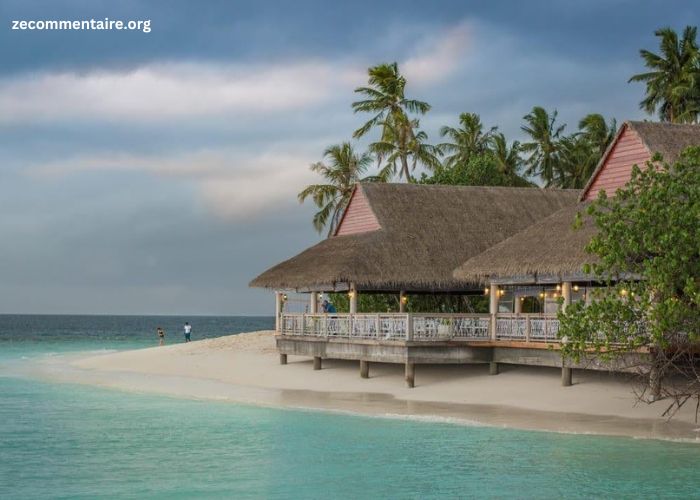Coastal areas are under threat from rising sea levels and human development. Cities along the coast need smart solutions to protect both nature and people.
Coastal restoration offers answers that work with the land, not against it. When cities include these efforts in their designs, everyone benefits.
If you’re looking to plan better coastal cities, this guide can help. Read on to explore simple ways to blend coastal restoration with urban design.
Using Natural Barriers in Urban Planning
Natural barriers like dunes, wetlands, and mangroves help reduce storm damage. These features also give support to marine life and improve water quality. Urban designers can plan with nature by keeping these elements in place.
Instead of removing them, they can become part of walkways or parks. These spaces help the city breathe and stay cool. They are also cheaper than building large sea walls.
Any restoration company can help with planning these natural features into urban zones. A good plan makes room for nature while still serving people.
Creating Green Spaces with Coastal Benefits
Parks and green belts near the coast can serve many roles. They can catch rainwater, reduce flooding, and support native plants. These spaces are perfect for both people and wildlife.
Cities can design paths, benches, and lights without harming the land. Plants can be chosen for their ability to fight erosion.
Birds and insects also find shelter in these areas. Green zones also add beauty to the city. They make coastal living more pleasant and sustainable.
Building Roads and Walkways That Protect the Shore
Many roads near the coast add stress to the land. Concrete can lead to faster erosion and higher temperatures.
Planners can use raised paths or boardwalks that allow water to flow. This helps protect the sand and soil underneath.
Using wood or recycled materials also helps the environment.
Water drainage can be built right into the design. These small changes protect the coast over time. They also make travel along the shore safer and nicer for people.
Designing Buildings That Work With the Coast
Coastal buildings face salt, wind, and water. Designers should choose strong, weather-safe materials.
Building on stilts can help avoid flood damage. Green roofs and walls can soak up rain and cool buildings.
Designers should also think about how shadows and winds move. This can help reduce energy use and protect nearby nature.
Coastal homes and stores can fit in better with their surroundings. Smart design helps both people and the planet.
Setting Up Water Systems That Mimic Nature
Storm drains often move water away too fast. This can cause harm to the coast.
Natural systems, like rain gardens or small ponds, slow the water down. These systems let water soak into the ground.
They also clean it before it reaches the sea. Plants can be used to help this process.
Water systems like these work well in cities with many buildings. They offer clean water and protect coastal lands.
Learn to Integrate Coastal Restoration with Urban Design
Coastal restoration and urban design can work together to build better, safer cities. These efforts bring nature back into the city while keeping people safe.
Small changes in design can have big results. As the world changes, coastal areas must be ready. Planners and communities should take action now.
Nature gives us tools- we just need to use them. Let’s build cities that respect the coast. Together, we can protect both our homes and our environment.
Curious for more? Our blog is packed with rich content just for you!





